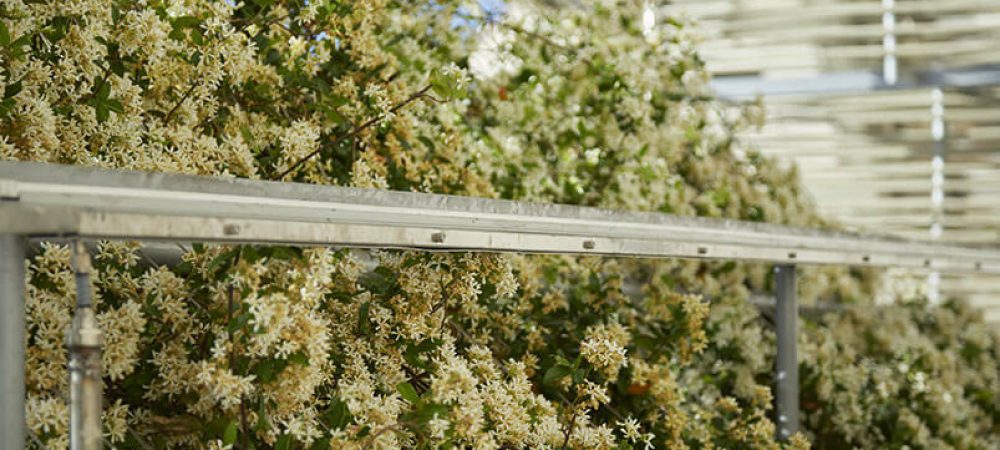AISI 316 stainless steel pipe is one of the most sought-after and demanded materials in various industries, including the petroleum, food, chemical, medical, water supply, and civil sectors, thanks to its incredible properties.
In the case of fountains, it is the pipe that best combines resistance to the physicochemical conditions of water with mechanical strength, a necessity for objects often found in public spaces. Below, we will explore its key characteristics.
What is AISI 316 Stainless Steel Pipe?
AISI 316 stainless steel pipe is a tube manufactured from an alloy of stainless steel containing chromium, nickel, and molybdenum. This effective combination of elements gives AISI 316 stainless steel pipe excellent corrosion resistance and increased durability. In fact, its high levels of molybdenum provide even greater corrosion resistance in more aggressive working environments, such as those with excess chloride, as seen in many decorative fountains.
Properties of AISI 316 Stainless Steel Pipe
AISI 316 stainless steel pipe possesses several unique properties due to its chemical composition, making it the ideal material for installation in decorative fountains, both in freshwater and saltwater environments. Some of these characteristics include:
- Resistance to corrosion in aggressive environments.
- Mechanical strength against loads and pressures.
- Ductility, allowing for molding and shaping into various forms.
- Hygiene and suitability for food applications thanks to its hygienic surface.
- Low maintenance requirements.
- Density of 0.799g/cubic centimeter.
- Electrical resistance of 74 microhm-centimeters (at 20 degrees Celsius).
What Exactly is AISI 316?
The AISI 316 designation refers to the classification of stainless steel pipes according to the American Iron and Steel Institute (AISI) standard. AISI 316 is an austenitic stainless steel, meaning it consists primarily of iron, chromium, nickel, and molybdenum. This alloy offers excellent corrosion resistance, especially in marine environments or when exposed to aggressive chemicals.
How to Determine If It’s AISI 304 or AISI 316? There are instances where the use of AISI 316 pipes may not be necessary, and AISI 304 is more than sufficient to meet project requirements. Here are the differences between AISI 316 and AISI 304 stainless steel pipes:
AISI 304:
- Contains approximately 18% chromium and 8% nickel.
- Resists corrosion in non-aggressive environments.
- Exhibits good mechanical strength under normal conditions.
- Used in kitchen utensils, sanitary equipment, and structural components.
AISI 316:
- Contains approximately 16-18% chromium, 10-14% nickel, and 2-3% molybdenum.
- Offers greater corrosion resistance, especially in aggressive environments with a high concentration of chlorides.
- Demonstrates higher resistance to high temperatures and maintains its mechanical properties at elevated temperatures.
- Used in applications in the chemical, petrochemical, marine, and water treatment industries.
What Elements Are Recommended for Installation in an AISI 316 Stainless Steel Fountain?
Depending on the fountain’s characteristics and the quality of its water, it is advisable to use certain materials over others. In common fountains with a self-contained water treatment system, collectors and distribution systems should be made of at least AISI 304 stainless steel to ensure resistance to the chemical agents to which public fountains are exposed, as well as mechanical strength against vandalism or other actions, thereby ensuring proper operation for many years.
When fountains are installed in saltwater environments, such as marshes, beaches, or lagoons, it is advisable to use all pipes, collectors, distribution systems, valves, nozzles, and LED projectors made of AISI 316 stainless steel due to its resistance to corrosion and durability in harsh chemical environments.






